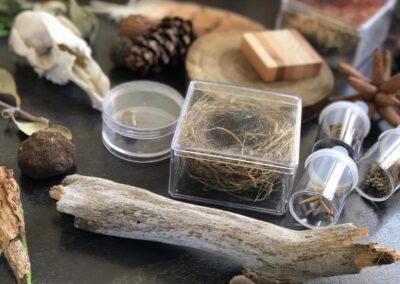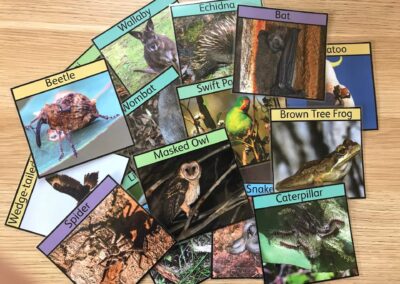Bring the forest to your classroom with Forest in a Box. Tremendous Trees enables students to understand the role of trees in a forest and their connection and importance to supporting a forest system. The resource package explores trees, forests and how the living and non-living parts of a forest are connected.
Forest in a Box package includes:
- Teacher Guide – Curriculum links, suggested activities and supporting materials
- Teaching Resources – Forest specimens, magnifying glasses, books, songs, forest puppets, Tree Time Tasks and hands on teaching aids
- Incursion led by FEF teachers to introduce the resource to students and teachers
Forest in a Box – Tremendous Trees is a package of learning, including Professional Learning, Teacher Guide, introductory incursion and support materials. The package is $100, which includes an incursion for up to 2 classes. Additional classes will be $50.



